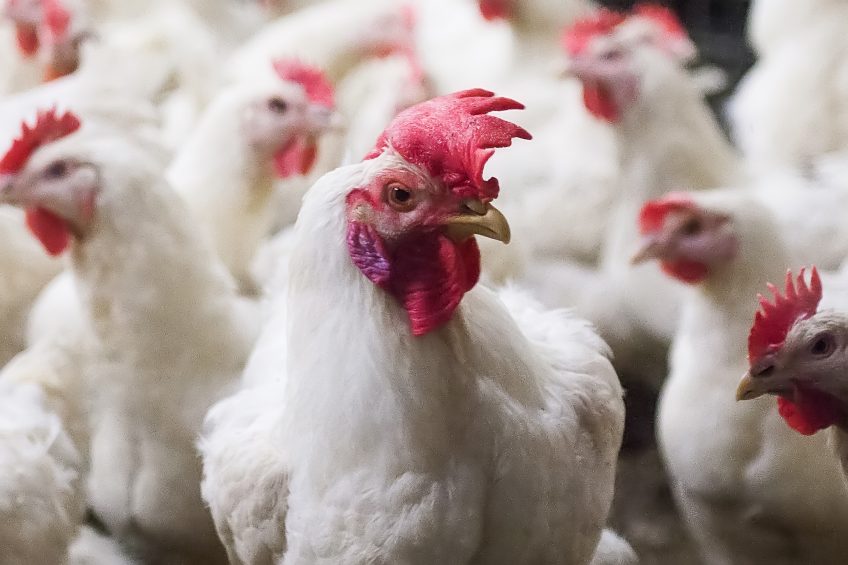Japanese authorities battle bird flu outbreak

Japanese authorities have culled 92,000 chickens following the discovery of the highly pathogen H5 avian influenza strain in the west of the country.
The outbreak was confirmed on a farm in the area of Sanuki city in Kagawa prefecture on Thursday, following confirmation of preliminary positive tests the day before.
Movement restriction imposed
The authorities have taken swift action in the hope of preventing the virus spreading, imposing a movement restriction of eggs and poultry in a 3km (1.8m) radius from the infected site and farms within a 10km (6.2m) radius will also be banned from transporting birds and eggs out of the area.
The case is the first recorded in Japan since March, but the last outbreak which began in November 2016, led to the culling of 1.67m chickens due to the prevalence of the H5N6 strain.
This week’s case led to a full ministerial meeting, held after Japanese Prime Minister Shinzo Abe, instructed the Ministry of Agriculture, Forestry and Fisheries (MAFF) and other relevant government agencies to urge poultry farmers to stay alert and take prompt measure to prevent virus spread.
Check out the interactive Poultry Health Tool – with the latest insights on the 40+ most common poultry diseases.
Another H5N6 outbreak reported
South Korea has reported another H5N6 outbreak this week, which affected a commercial farm housing broiler ducks in South Jeolla province, which has already reported several events involving the strain. The OIE notification said 10 birds had died and the remaining 16,500 susceptible ducks were culled.
Meanwhile, H5N6 virus has also been reported by the UK Department for Environment, Food and Rural Affairs in 3 dead mute swans in a nature part in the southern county of Dorset. Defra said it was the first detection of the strain in the UK.
The strain has been reported in the Netherlands and earlier this week, Germany, reported its first case in a dead wild duck.













